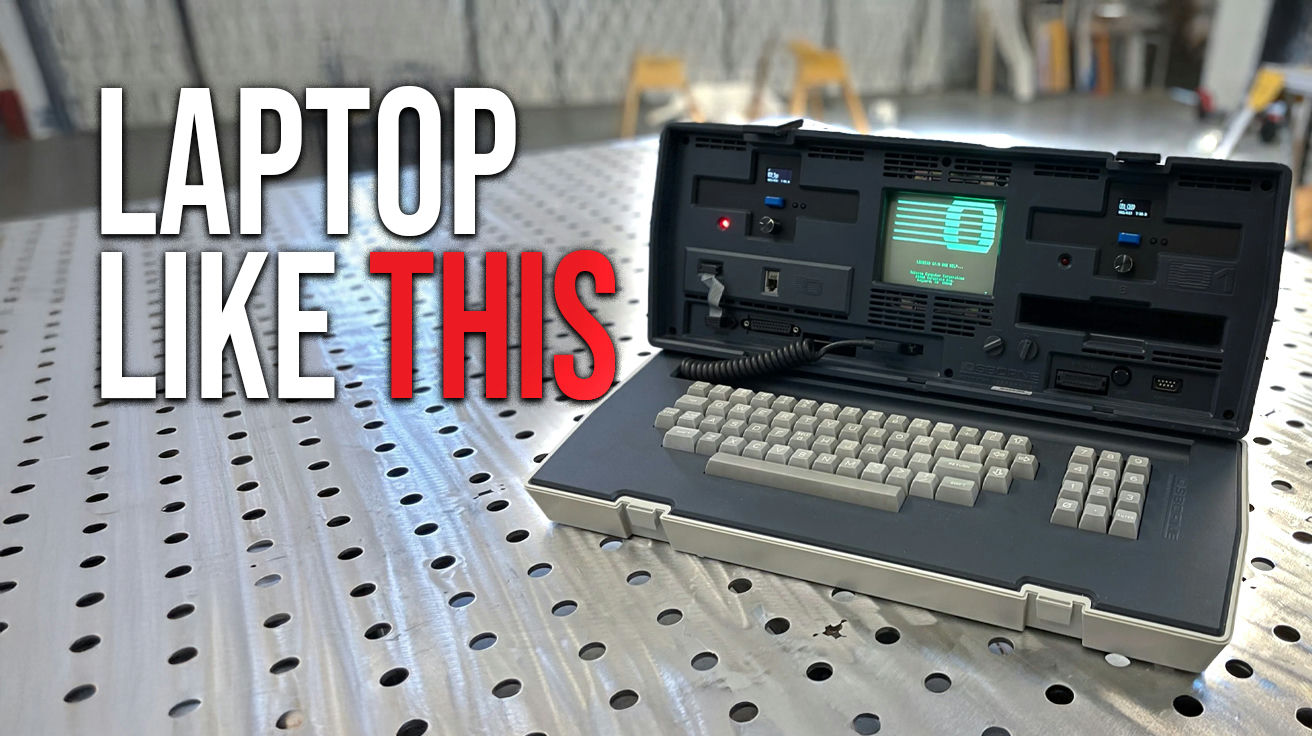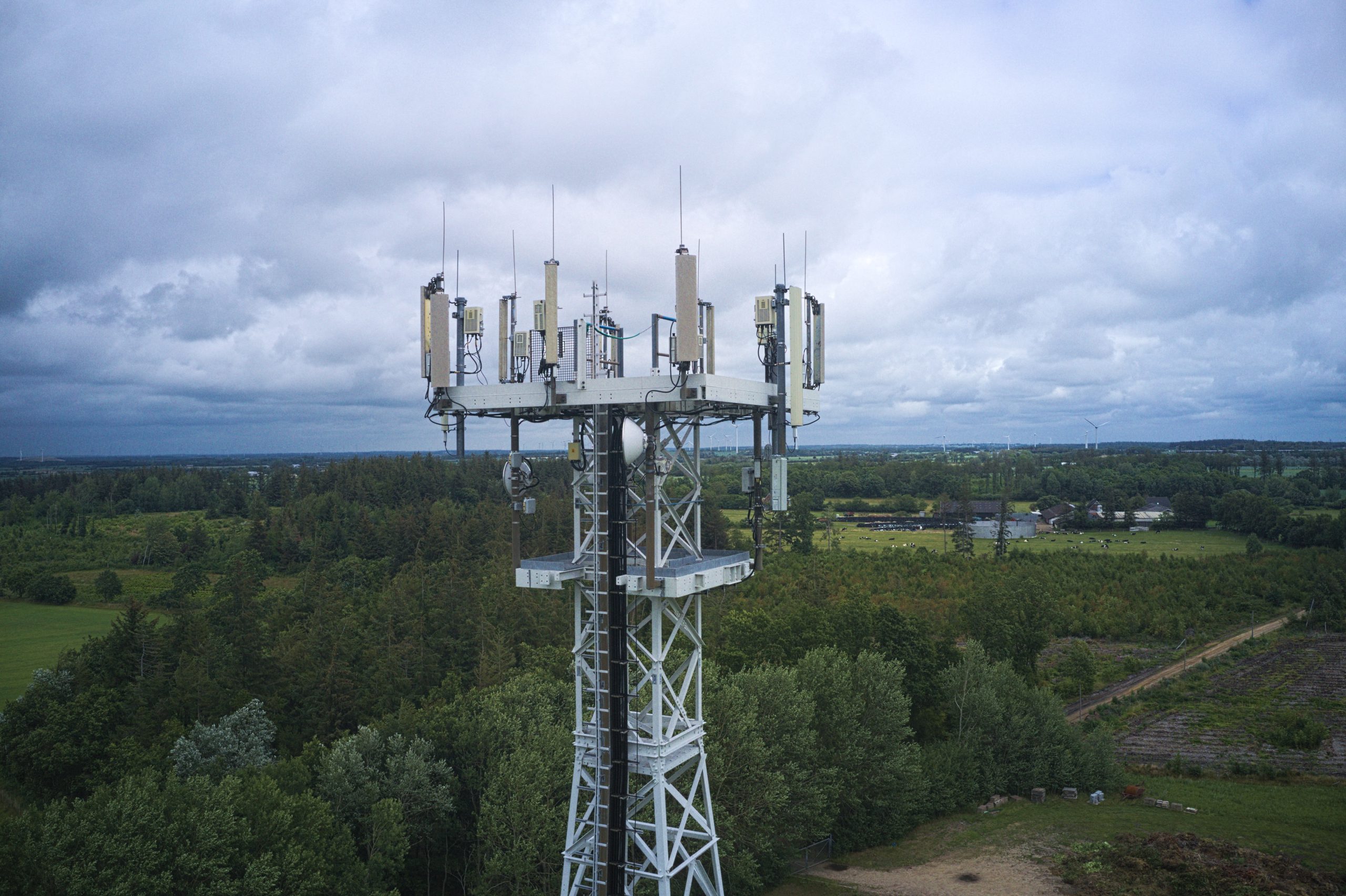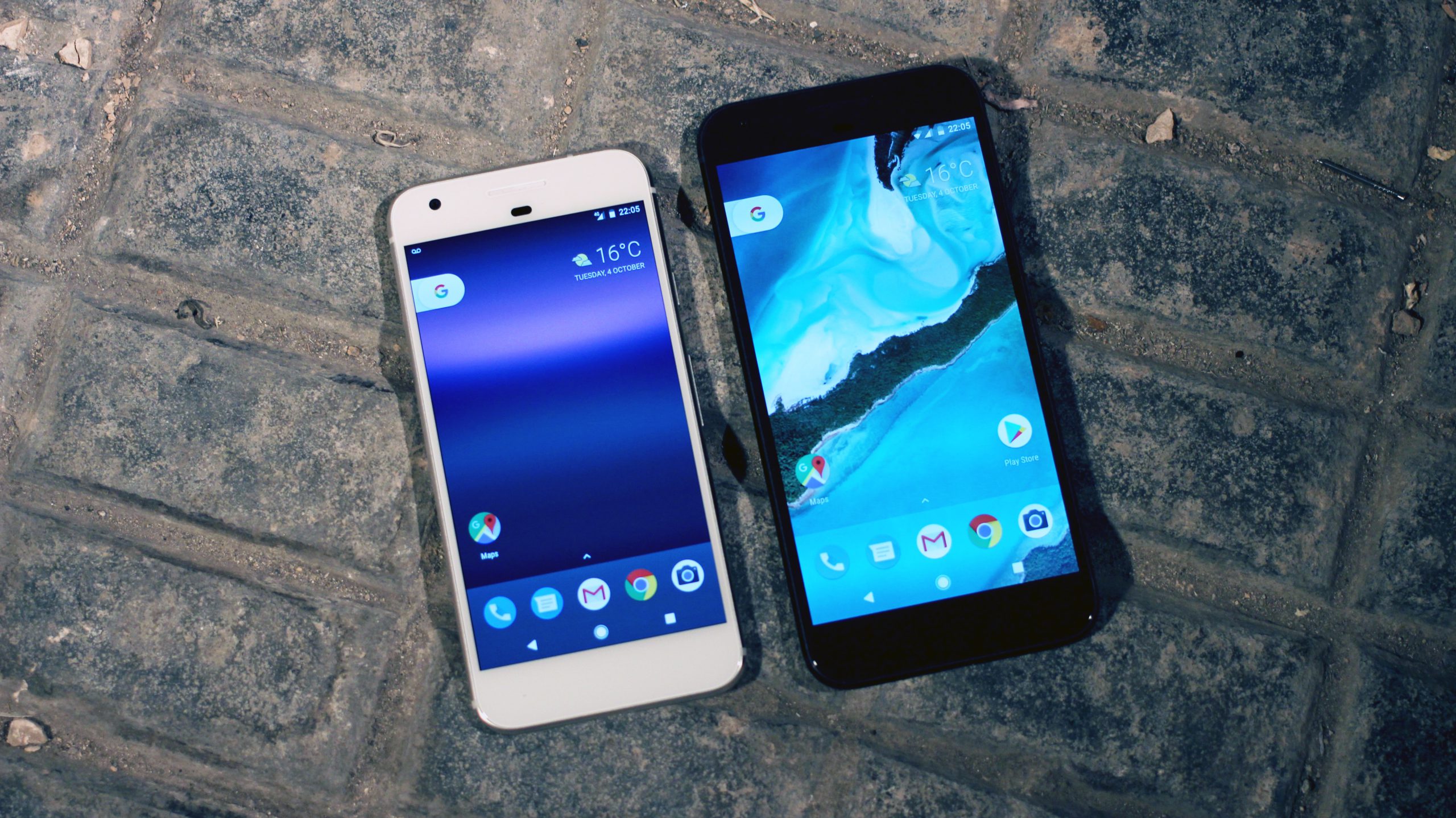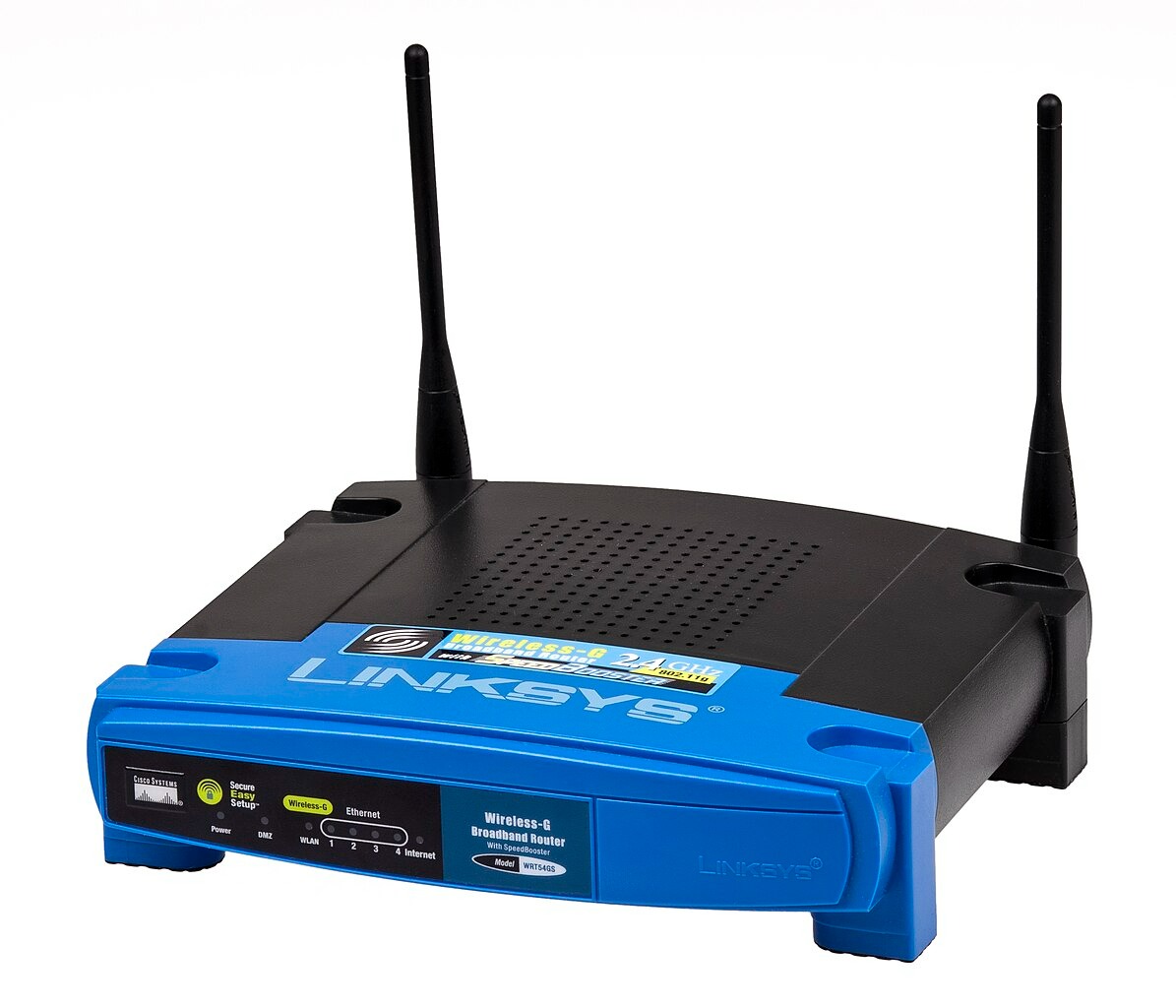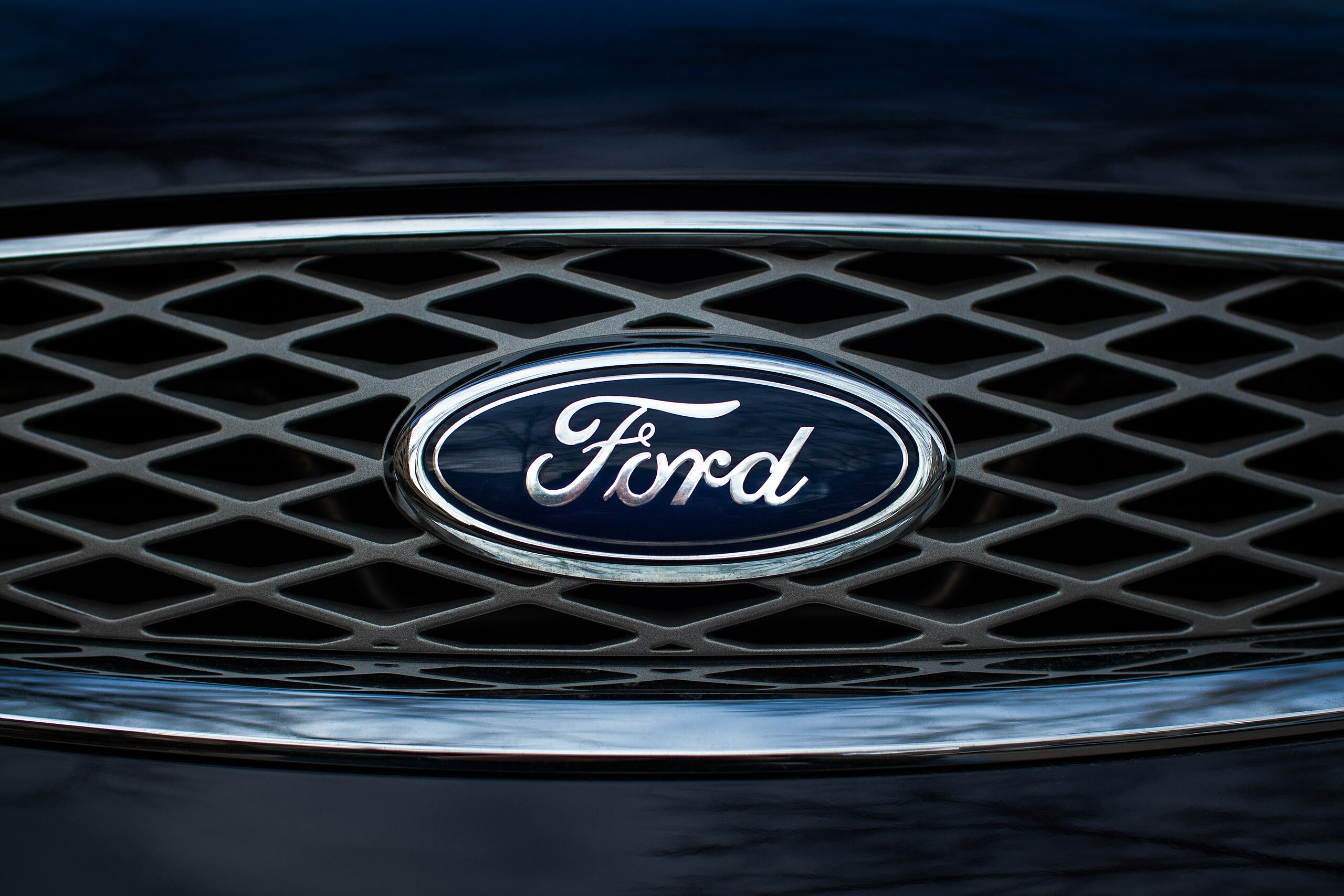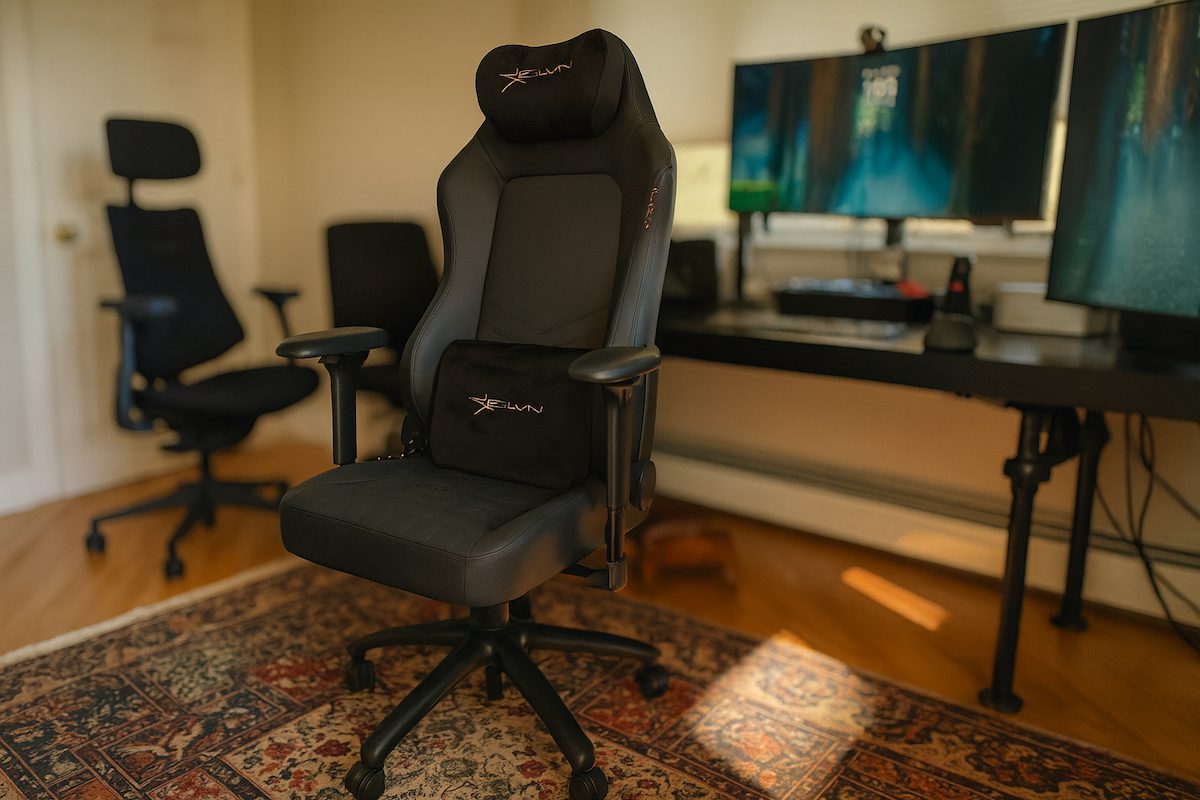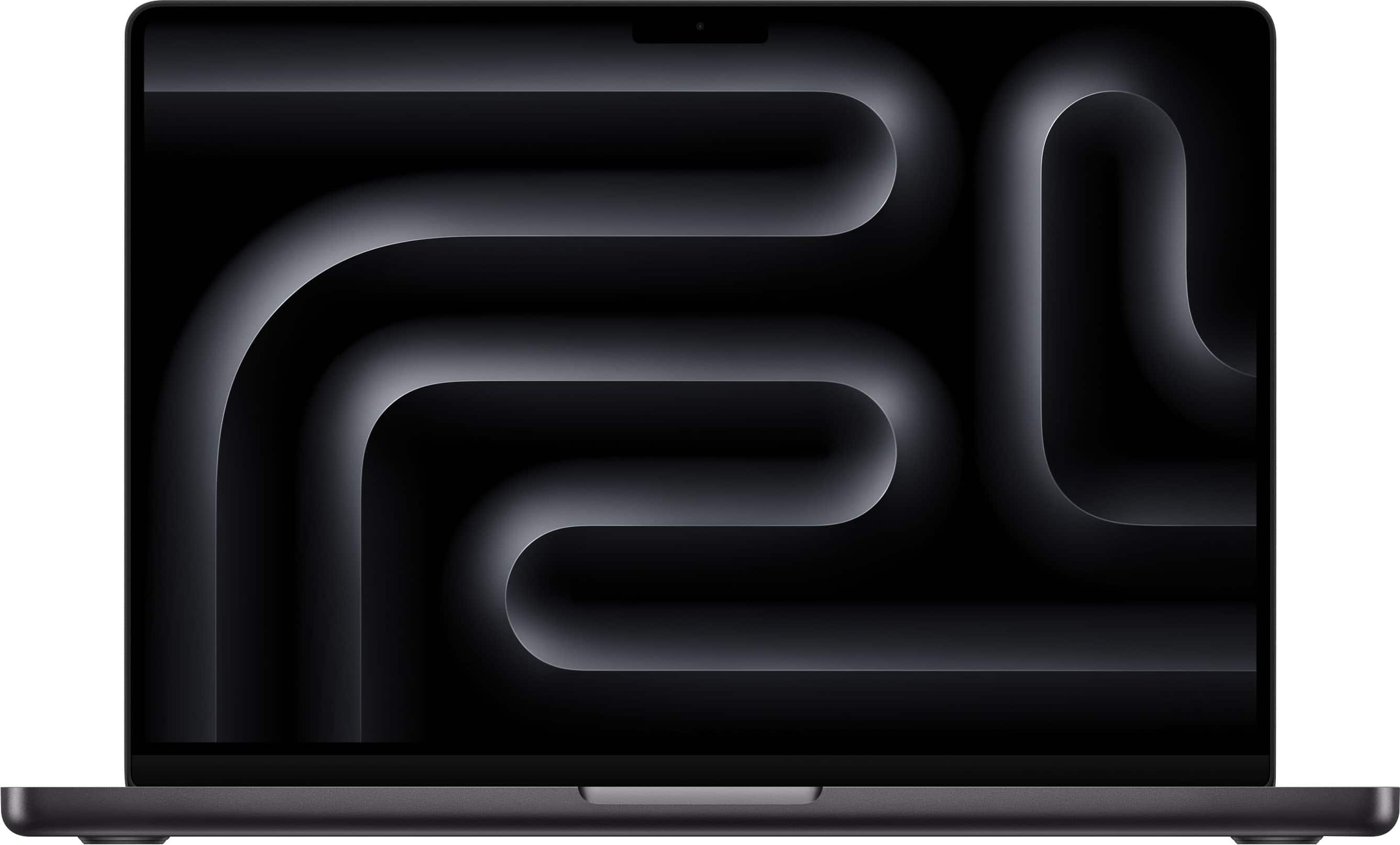Before Microsoft ruled your desktop and Apple conquered your pocket, these tech titans started with products so bizarre they’d make today’s failed Kickstarters look sensible. Every empire begins somewhere—even if that somewhere involves paper tape, bare motherboards, and enough hubris to program hardware you’ve never actually seen.
12. Microsoft’s Altair BASIC (1975)
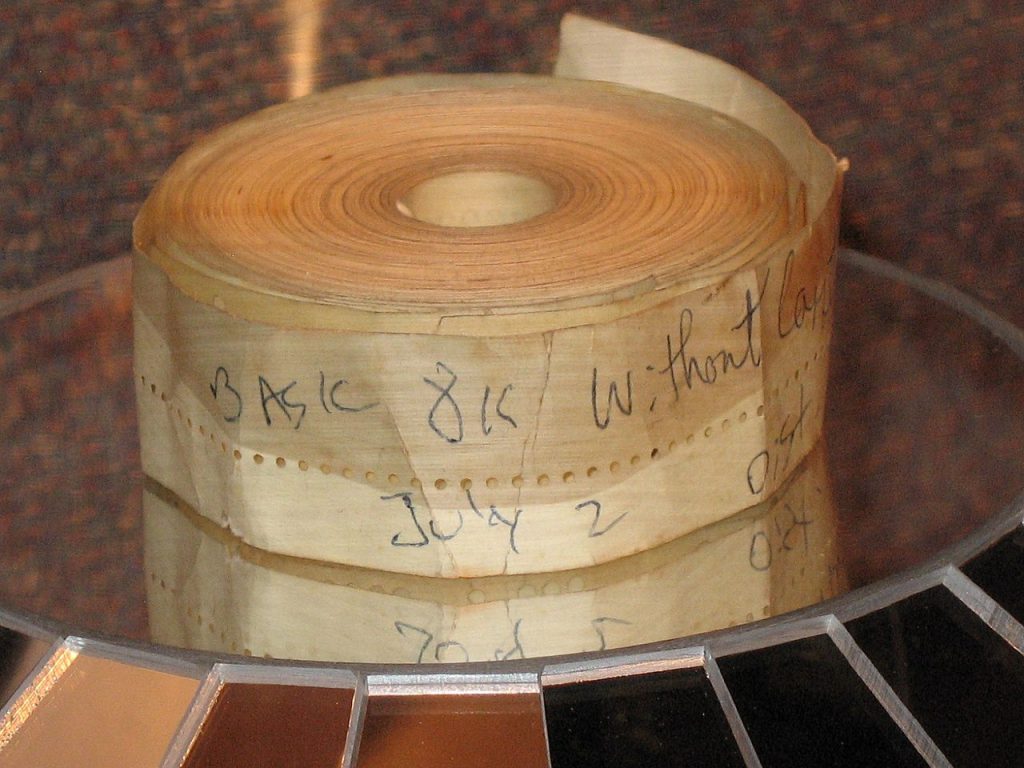
Microsoft’s debut wasn’t Windows, Office, or even MS-DOS. Bill Gates and Paul Allen sold Altair BASIC—a programming language for hobbyist computers—delivered on paper tape for $16,005. The truly weird part? They programmed it using an emulator, never actually touching the Altair 8800 hardware it was designed for. That’s like writing a cookbook for an oven you’ve only seen in photos, except somehow the soufflé still rises.
11. Apple I (1976)
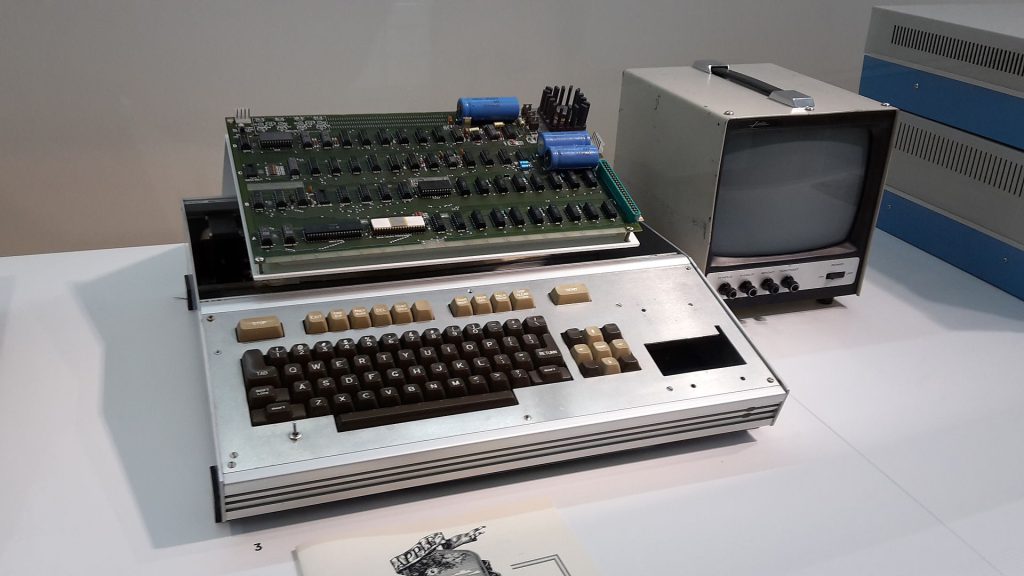
Apple’s first product was essentially a circuit board in search of a case. The Apple I came as a bare motherboard that hobbyists had to assemble themselves, complete with their own keyboard, monitor, and wooden case. Steve Wozniak designed it, Steve Jobs marketed it, and their parents’ garage housed the entire operation. For $666.66, early adopters got the privilege of building their own computer—a DIY experience that makes IKEA furniture seem user-friendly.
10. Commodore PET 2001 (1977)
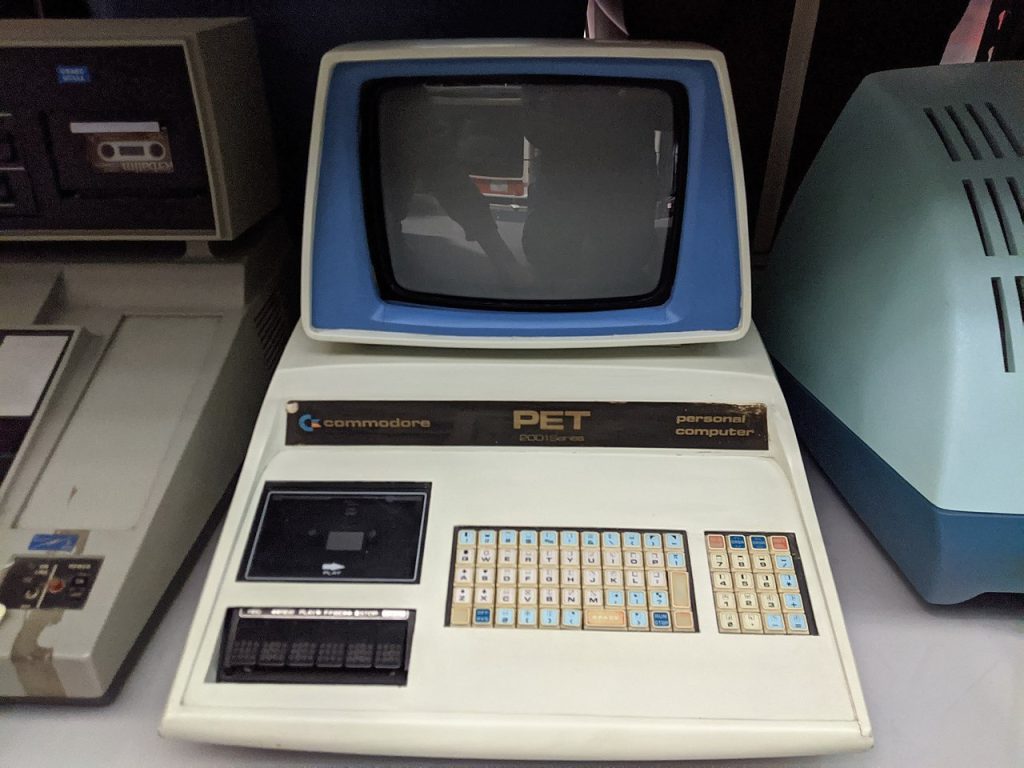
Commodore’s Personal Electronic Transactor featured an integrated monitor, keyboard, and cassette deck in one chunky package. Its distinctive triangular design and built-in screen made it look more like kitchen appliance than computing device. The chiclet keyboard felt like typing on Tic Tacs, but somehow this weird hybrid became one of computing’s early success stories.
9. Osborne 1 (1981)
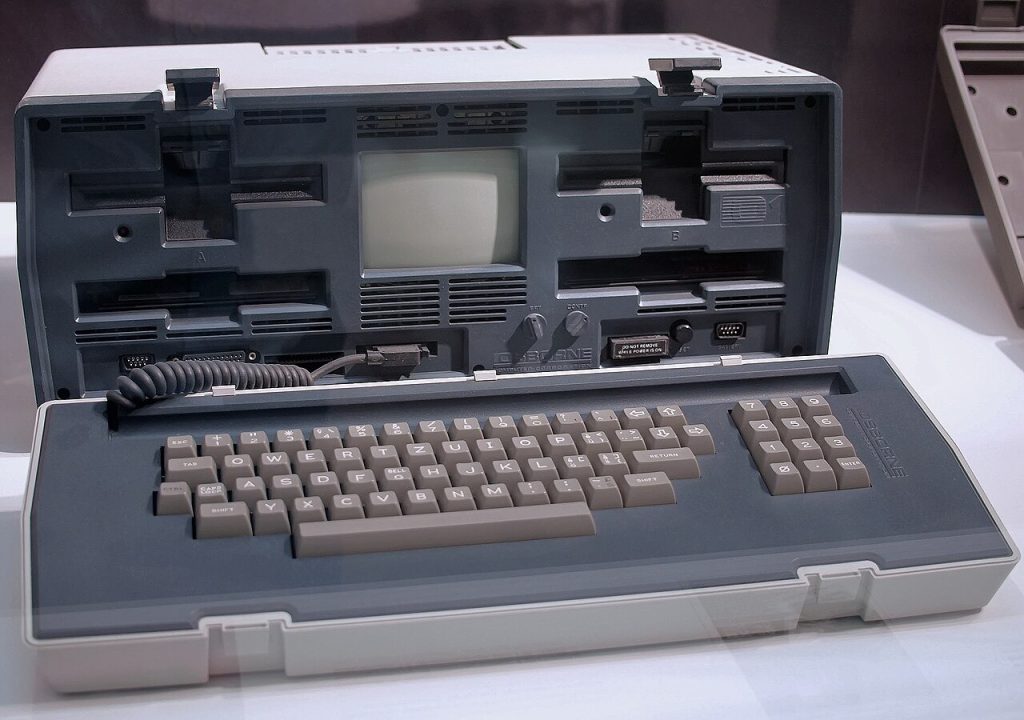
Marketed as the first “portable” computer, the Osborne 1 weighed 24 pounds and featured a 5-inch screen that made watching Netflix on a smartwatch seem luxurious. Adam Osborne’s vision of mobile computing required the same commitment as hauling a sewing machine to Starbucks, but it included bundled software worth more than the computer itself.
8. Sinclair ZX80 (1980)
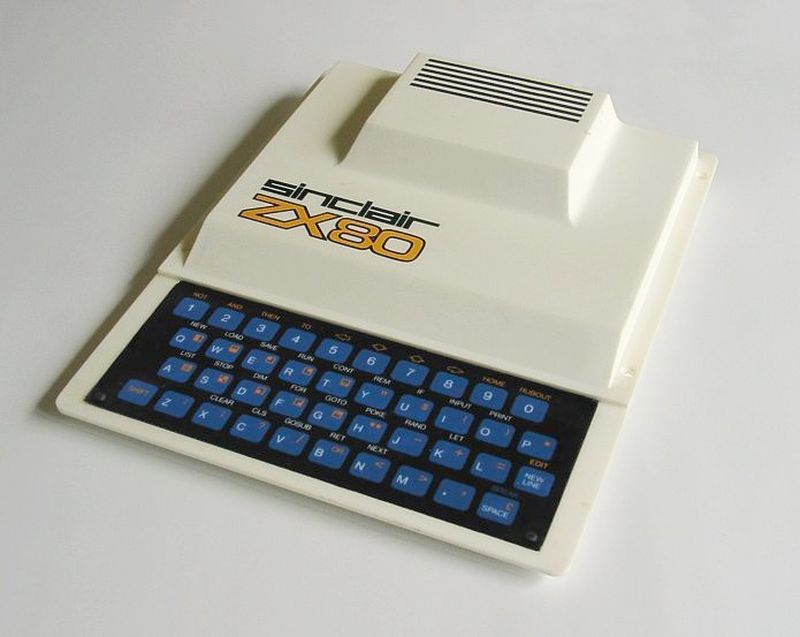
Clive Sinclair’s ZX80 shipped as a kit for £79.95, appealing to builders who enjoyed both computing and mild electrocution risks. With 1KB of RAM and a membrane keyboard that responded like dead fish, it somehow sparked the UK’s home computer revolution. The ZX80 proved that British engineering could make even Americans appreciate mass production.
7. Xerox Star Workstation (1981)
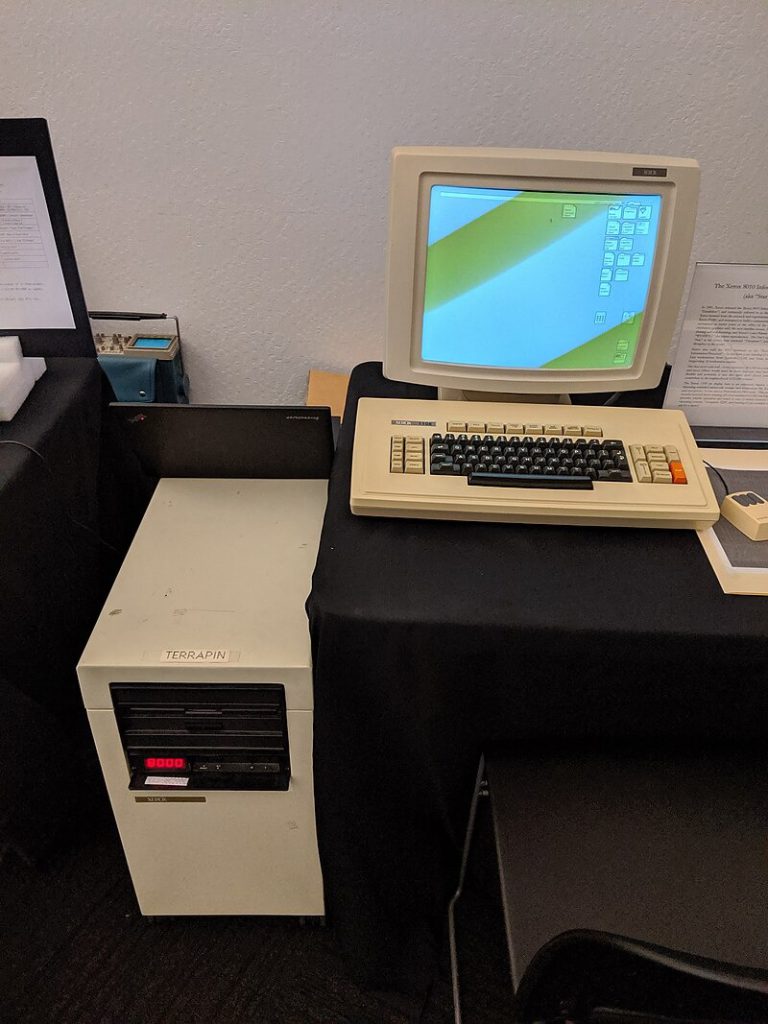
The Star introduced the graphical user interface, desktop metaphor, and Ethernet networking—basically everything Apple would later claim to invent. At $16,595 (about $50,000 today), it cost more than most cars but included innovations that wouldn’t become mainstream for another decade. Xerox created the future, then watched everyone else profit from it.
6. IBM PCjr (1984)
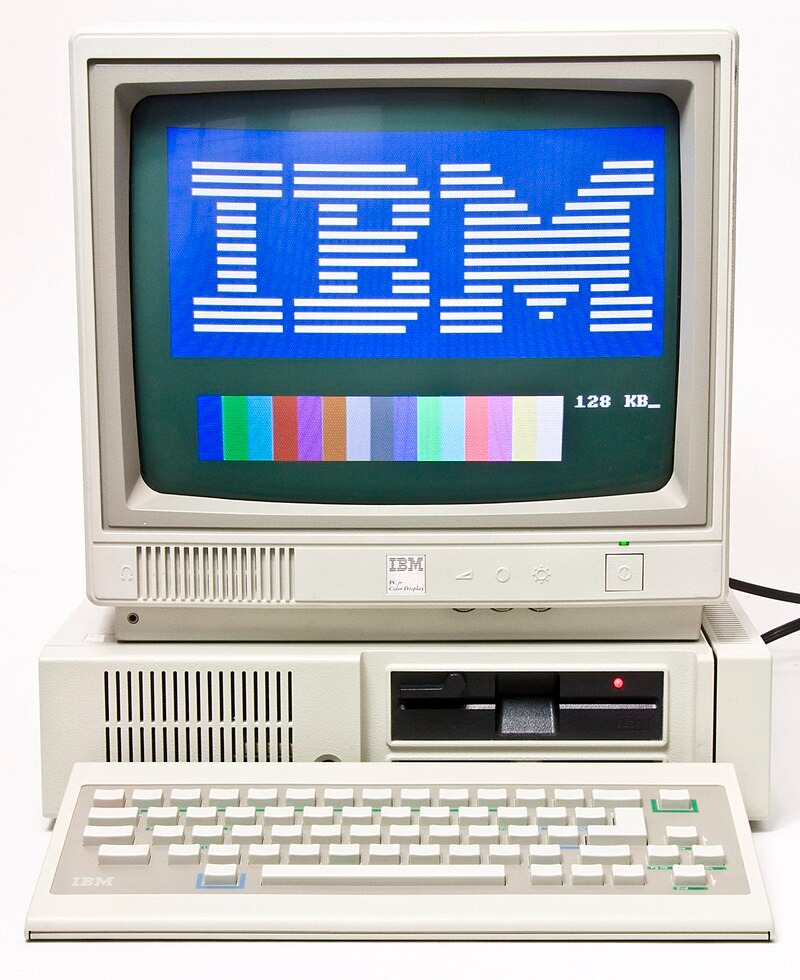
IBM’s “home computer” featured infrared wireless keyboards that required line-of-sight operation and chiclet keys that felt like typing on bubble wrap. The PCjr’s compatibility issues and premium pricing made it computing’s equivalent of New Coke—a corporate miscalculation so spectacular it became legendary.
5. Coleco Adam (1983)
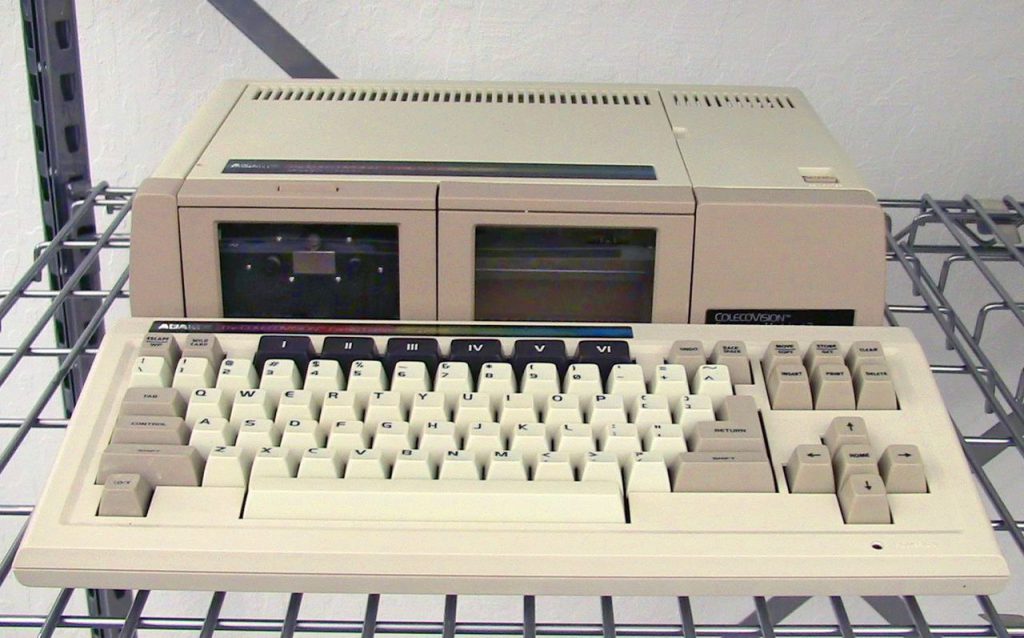
Marketed as a computer/printer combo, the Adam’s power supply generated electromagnetic pulses that could erase its own data tapes. Imagine buying a car that occasionally forgot how to start—that was the Adam experience. Despite causing more data loss than user productivity, it demonstrated Coleco’s ambitious leap from toys to technology.
4. Texas Instruments TI-99/4A (1981)
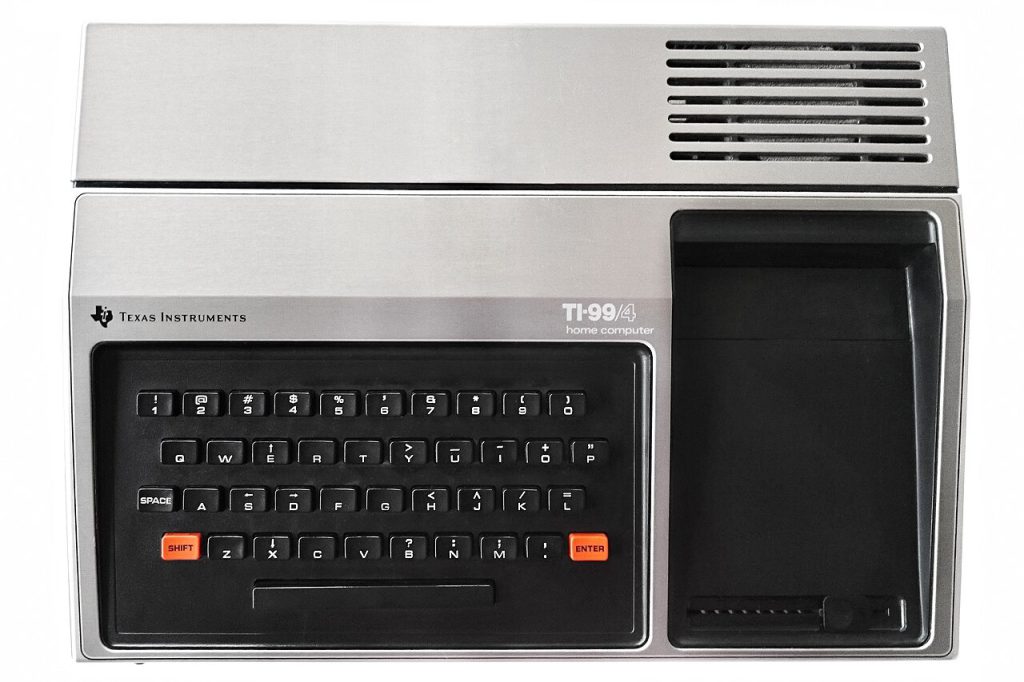
TI’s home computer featured a unique 16-bit architecture and color graphics that impressed technically, but its proprietary cartridge system and limited expandability frustrated practically everyone else. The company that mastered pocket calculators discovered that home computers required different mathematical equations for success.
3. Timex Sinclair 1000 (1982)
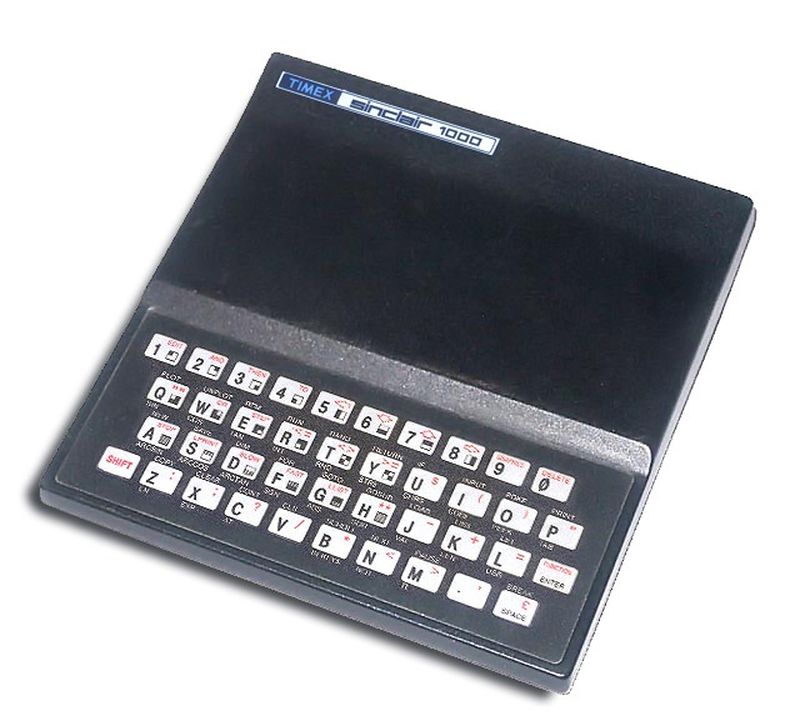
Timex brought Sinclair’s ultra-budget computing philosophy to America, creating a $99 computer with 2KB of RAM and a membrane keyboard. The TS1000 proved that Americans would embrace affordable technology, even if it meant typing felt like playing a broken accordion.
2. Commodore VIC-20 (1980)
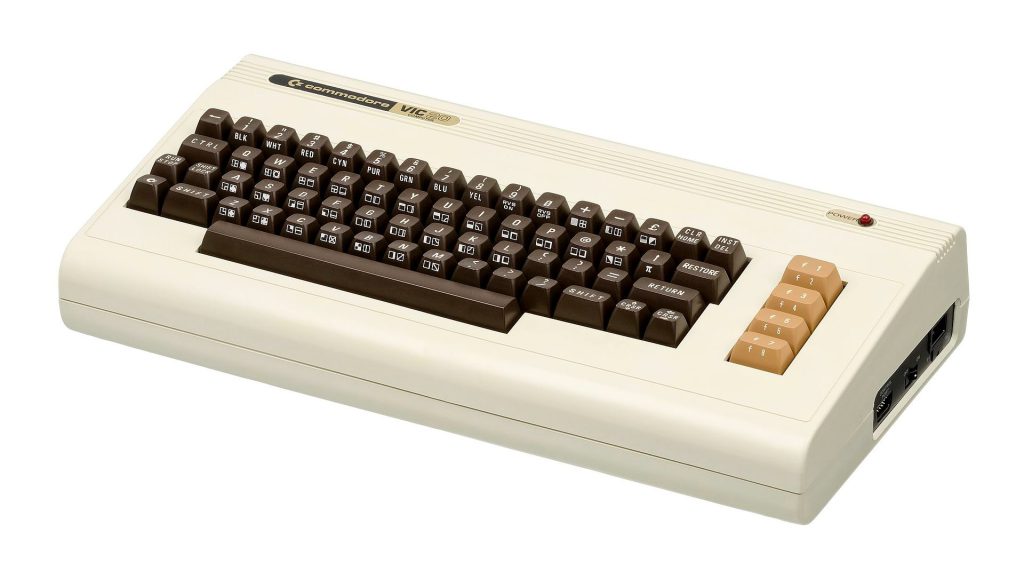
Commodore’s “friendly computer” featured 5KB of RAM and graphics that looked like Lego blocks having an identity crisis. William Shatner’s TV commercials couldn’t quite explain why anyone needed a computer, but the VIC-20’s $299 price tag answered most questions about early adoption.
1. Amstrad CPC 464 (1984)
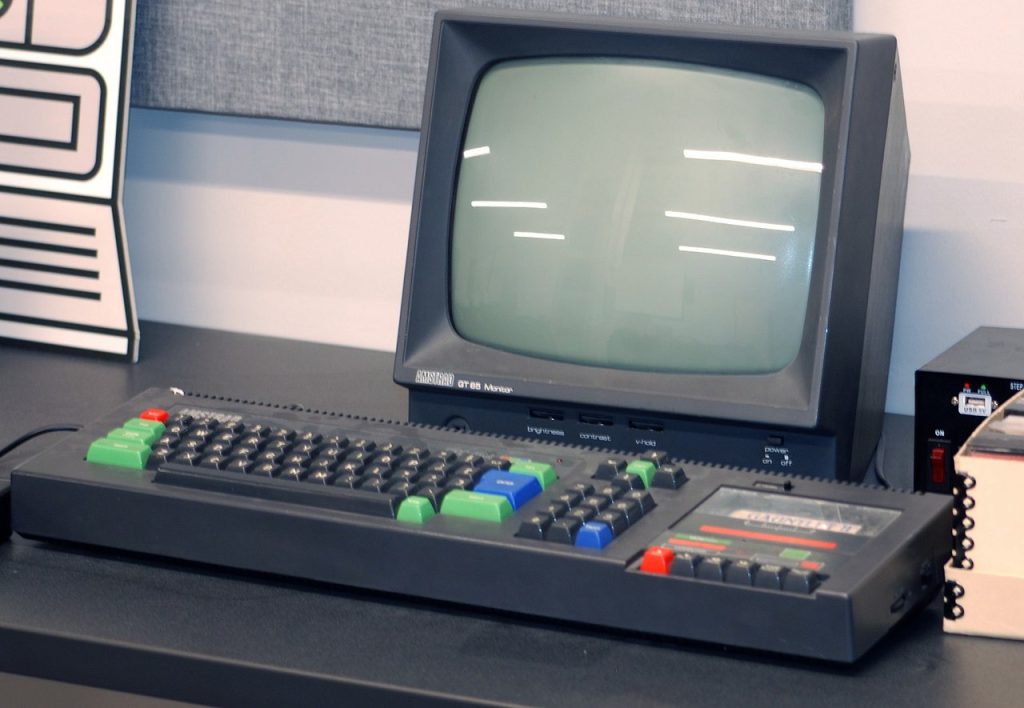
Alan Sugar’s Colour Personal Computer integrated everything into one unit—computer, monitor, and cassette deck. Loading programs took longer than a feature film, but the CPC‘s all-in-one design eliminated the cable management nightmares that plagued other systems. Sometimes convenience trumps speed, especially when your alternative involves twenty different cables.


